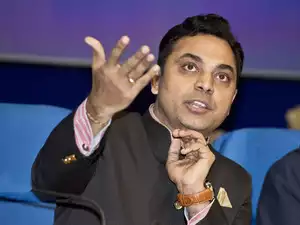India could potentially grow into a US$ 55 trillion economy by 2047 if both state and central governments enact policies to elevate the nation’s growth rate from its historical average of 7% to 8% (in rupee terms), according to the Executive Director of the International Monetary Fund (IMF), Krishnamurthy V Subramanian.
Speaking at the launch of his book “India @100” at the Indian School of Business (ISB) in Hyderabad, he acknowledged that while reaching a US$ 55 trillion economy by 2047 may seem ambitious, it is achievable. He pointed out that in 2020, India’s private credit to GDP ratio was 58%, significantly lower than the 200% seen in advanced economies.
However, he highlighted the significant progress in financial inclusion through initiatives like the “Pradhan Mantri Jan-Dhan Yojana.” Subramanian explained that with consistent 8% growth, the power of compounding could propel India to a US$ 55 trillion economy. Drawing on the “rule of 72”, he outlined that with a 12% annual growth rate in dollar terms comprising 8% GDP growth, 5% inflation, and 1%-rupee depreciation against the dollar, India’s GDP could double every 6 years.
Applying this principle over 24 years starting in 2023, the current US$ 3.25 trillion economy is projected to experience “four doublings,” reaching US$ 52 trillion by 2047. Citing Japan’s economic expansion from US$ 215 billion in 1970 to US$ 5.1 trillion in 1995, he noted the nearly 25-fold increase over 25 years, with GDP per capita rising from US$ 2,100 to US$ 44,000.
He emphasized the importance of using government borrowings wisely, stressing that investments should focus on asset creation rather than merely funding subsidies or operational expenses.



